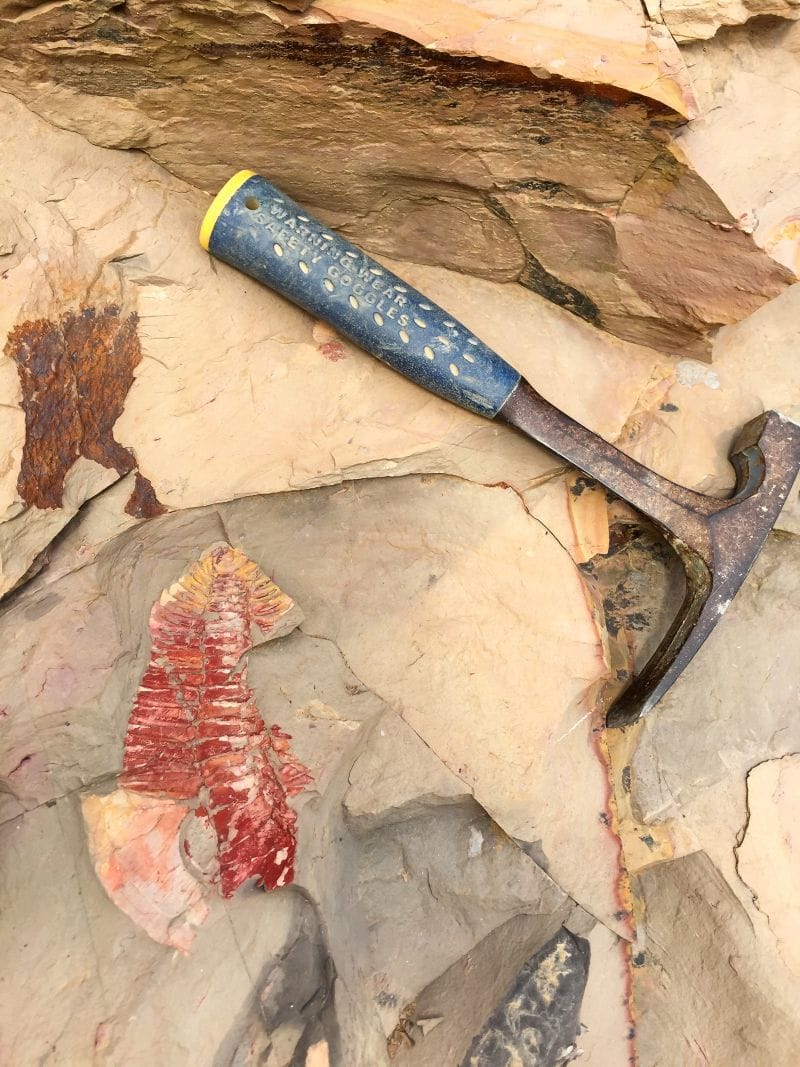
Link to the full source article
RSS feed source: National Science Foundation
A team of paleontologists recently discovered that an ancient seascape known for its diverse assemblage of exceptionally preserved fossils represents an unexpected oceanic setting, placing the fossils in an environmental context that is dramatically different from other fossil assemblages of the Cambrian age. The team published their findings in the journal, ScienceAdvances.
Credit: Robert R. Gaines, Pomona College
The giant trilobite Redlichida rex in outcrop of the Emu Bay Shale.
The team explored the Emu Bay Shale, exposed across a sea cliff in South Australia, and found its strata — the layers of material settled over time — were deposited in an energetic fan river delta at the edge of a tectonically active rift basin, which forms as two continents move apart from each other. These unique features mean gravel and cobbles were catastrophically deposited into the ocean by debris flows that originated on land.
“It’s not where you would expect to see delicate, soft-bodied creatures preserved,” Robert Gaines, a professor at Pomona College, said. “The shale’s unique setting hosted a diverse ecosystem with extraordinary fossil preservation, and now we know that the environmental setting exerted a strong influence on the structure of this early animal community.”
These findings help to explain why the bottom-dwelling fauna was dominated by endemic species, likely inhabiting niche
Click this link to continue reading the article on the source website.
